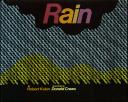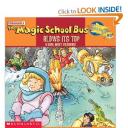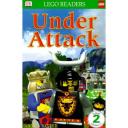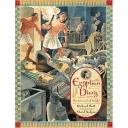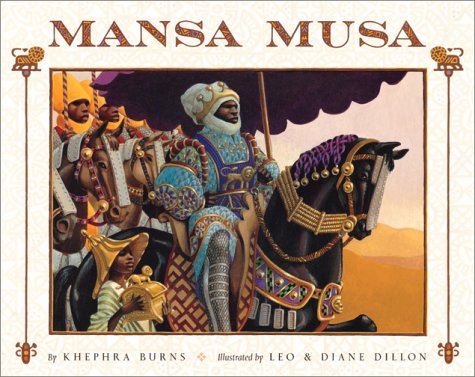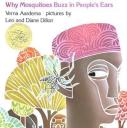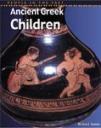Rain, written by Robert Kalan and illustrated by Donald Crews, explores what rain looks like in different types of landscapes and in different types of weather. There is “rain on the red car” and “rain on the green trees” and at the end of the book there is a beautiful landscape with a rainbow. This book simply explains how rain can start all of the sudden and how rain and weather can effect different things in the world like grass, trees, flowers, houses, cars, and the road. This book is also a great example for teaching students their colors. It starts off showing a clear blue sky, then adding a bright sun, then it adds a few clouds, and then it begins to rain. The book has very few words and draws the readers attention to what is happening in the story: the rain!
Curriculum Connections
This book is a great introduction to weather observations like watching how, when, and where rain starts, and before that how the sun shines, and how clouds can cover the sun (VA SOL K.8 a). This is also a nice example of how to show students that rain can help things like plants and flowers grow (VA SOL 1.7 a).
Additional Resources
1. Rain Lesson Plan– This website offers a lesson plan about the rain/water cycle. It also incorporates the Nandi folklore tale “Bringing the Rain.” This site also has a nice craft to make to go along with the water cycle.
2. Water Cycle– This page is a great printout for older students to complete the water cycle. There is a reading passage to complete fill-in-the-blank parts as well as a picture of the water cycle.
3. Weather Worksheet– This worksheet is a great idea for younger students who are just learning about weather. They match the items with the appropriate weather symbol.
General Information
Book: Rain
Author: Robert Kalan
Illustrator: Donald Crews
Publisher: Harper Collins
Publication Date: 1991
Pages: 32
Grade Range: K-2
ISBN: 0688104797

